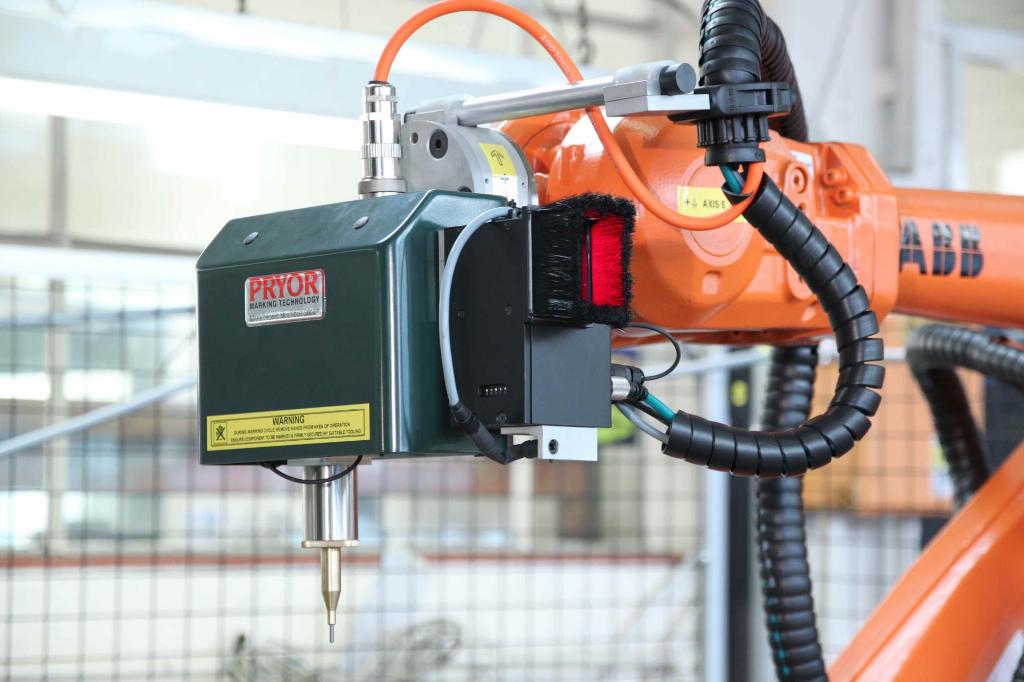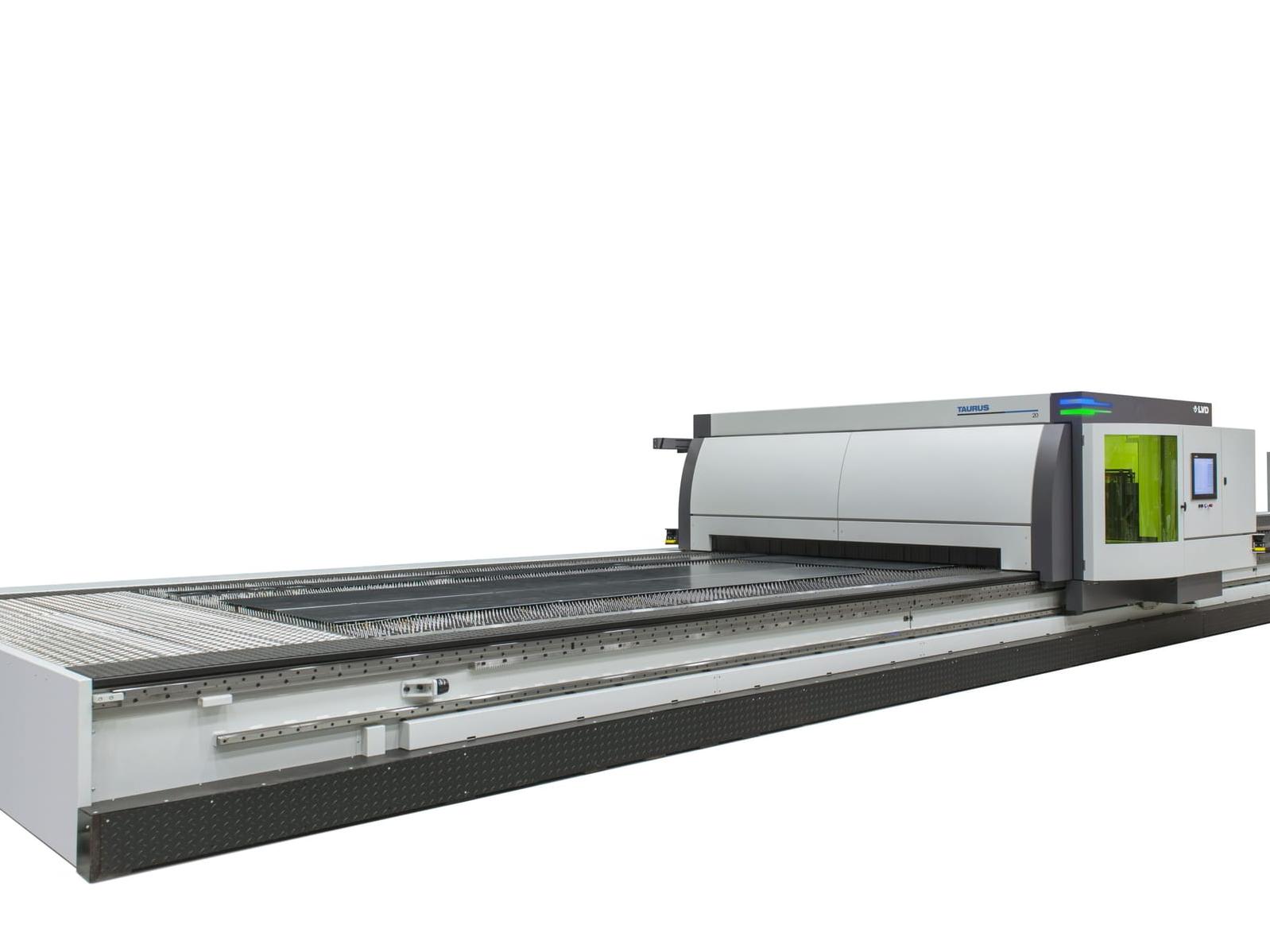Marked progress – why you should verify

Failing to verify the quality of machine readable identification markings can have devastating consequences for manufacturers, including plummeting productivity, damage to quality and even loss of customers. Pryor’s Alastair Morris reveals how to overcome these issues.
Machine readable codes contribute to the maintenance of part quality, allowing accurate, timely identification of parts that need to be diverted from the line. Once a part is with the end-user, these codes also simplify the tracking of failures and matching of genuine replacement parts, or help resolve warranty issues and liability claims.
Most modern component marking standards use two-dimensional Data Matrix codes applied to the part using a variety of marking techniques. These marked codes are effectively error correctable, which means they can still be read even when damaged or partially obscured by dirt. Only by verifying the quality of the code straight after marking, do you know that you have the full redundancy available to you.

Marking is regulated by certain standards, the terms of which demand some form of mark verification process which must be embedded into a manufacturer’s production and quality assurance operations. The simplest approach to verification involves machine reading, and while this matches the speed of modern high-speed production processes, it is subject to variations in lighting and the environment near the reader.
Failure to ensure that product markings are fully compliant with established standards creates two kinds of problems: customer rejected parts if non-compliance is detected and the likelihood that poor quality marks will become completely unreadable following even minor levels of degradation en-route from part supplier to customer.
Direct approach
There is a better way: dedicated verification systems can be installed on the production line, either directly on the marking equipment or at another suitable point on the line. These systems operate in a similar way to conventional code reading systems, but they use a much higher resolution camera as well as tight control of lighting and reading conditions.
Code readers are often mounted on marking machines to check that the correct code has been marked. But some systems go further. For example, Pryor’s machine-mountable verifiers also check that both human-readable and machine-readable marks are correct and legible.
Verification systems such as these go beyond simply checking that the correct data has been marked on the part; they also ensure that the size, shape and position of the dots comply with the required standards. And they do all that within the cycle time of the machine, operating at speeds of up to two parts per second.

Automated verification systems don’t just work with machine-readable 2D matrix codes. Today’s systems can also verify the quality of human-readable codes, such as serial numbers or automotive VIN codes. The latest systems can be fully integrated with a manufacturer’s ERP or MES system, checking each marked character against manufacturing records and providing an accurate quality score.
That integration also permits the automated verification in environments that have traditionally been difficult or impossible for machine vision systems. The most advanced systems for these environments can adjust their lighting and calibration settings automatically, providing a robust read time and time again.
The latest vision systems can read and verify alphanumeric marks. If a part is marked with an alphanumeric code, serial number or product identifier, the system can automatically check the quality of the mark against a defined standard. This eliminates any legibility issues with critical identifying marks.
So, verification takes the guesswork out of maintaining consistently high mark quality. It also maintains conformance to the appropriate standard, which should improve reading/decoding capability later in production, as the mark may deteriorate.
PRYOR MARKING www.pryormarking.com












